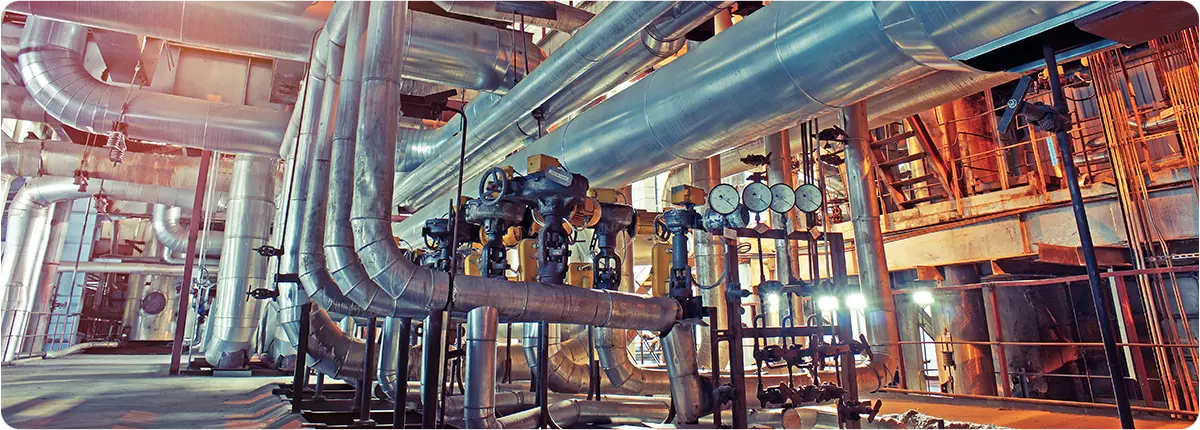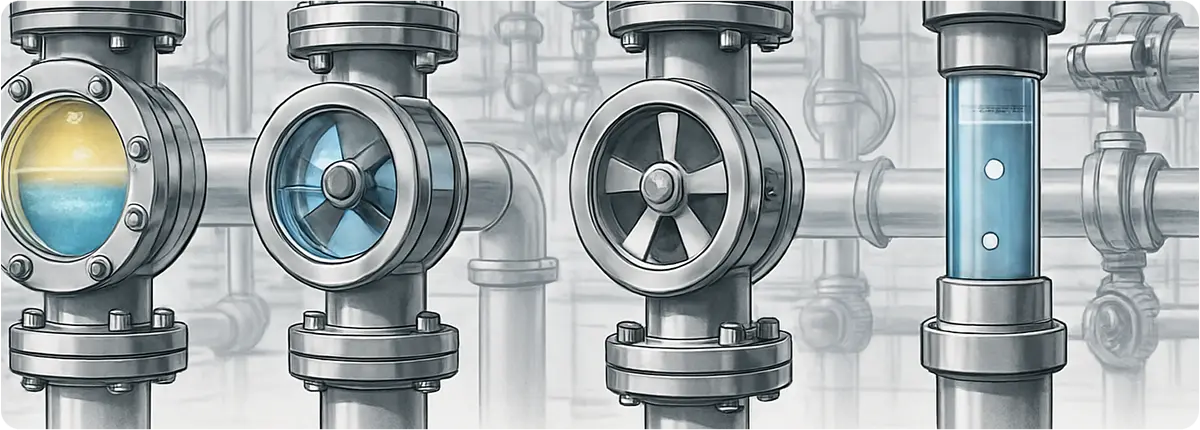Flow switches are devices used to detect the presence, absence, or threshold level of liquid or gas flow in pipelines. They play a vital role in process safety and equipment protection, especially in preventing pump dry-running, ensuring coolant circulation, and monitoring flow in fire suppression systems.

WORKING PRINCIPLE
A flow switch operates when flow speed falls below or rises above a preset threshold. This triggers a contact mechanism that sends an alarm, warning, or shutdown signal.
Main types:
- Mechanical (Paddle) Flow Switch
- Magnetic Flow Switch (float with reed switch)
- Electronic Flow Switch (thermal or differential pressure-based)
TECHNICAL FEATURES AND EQUATIONS
The threshold flow can be estimated using the equation:
Q = A · v
Where Q is flow rate (m³/s), A is cross-sectional area (m²), v is flow velocity (m/s).
Important parameters include pressure and temperature resistance, hysteresis values, and contact type (NO, NC).
ADVANTAGES AND LIMITATIONS
Advantages:
- Ensures process safety
- Protects pumps and compressors from dry running
- Easy integration into automation systems
Limitations:
- Does not provide precise flow measurement
- Sensitivity can be affected by viscosity and particles
- Some models require frequent maintenance
APPLICATION AREAS
- Pump protection systems
- Cooling water circuits
- Fire suppression (sprinkler) systems
- Chemical, food, and pharmaceutical industries for process safety
STANDARDS AND SAFETY
- IEC and EN: Electrical safety and control standards
- NFPA: Fire suppression systems
- ISO 9001: Quality assurance and calibration practices
CONCLUSION
Despite their simple design, flow switches are critical for process safety in industrial plants. Modern versions with digital outputs can be integrated into SCADA and automation systems, offering enhanced monitoring and protection.
